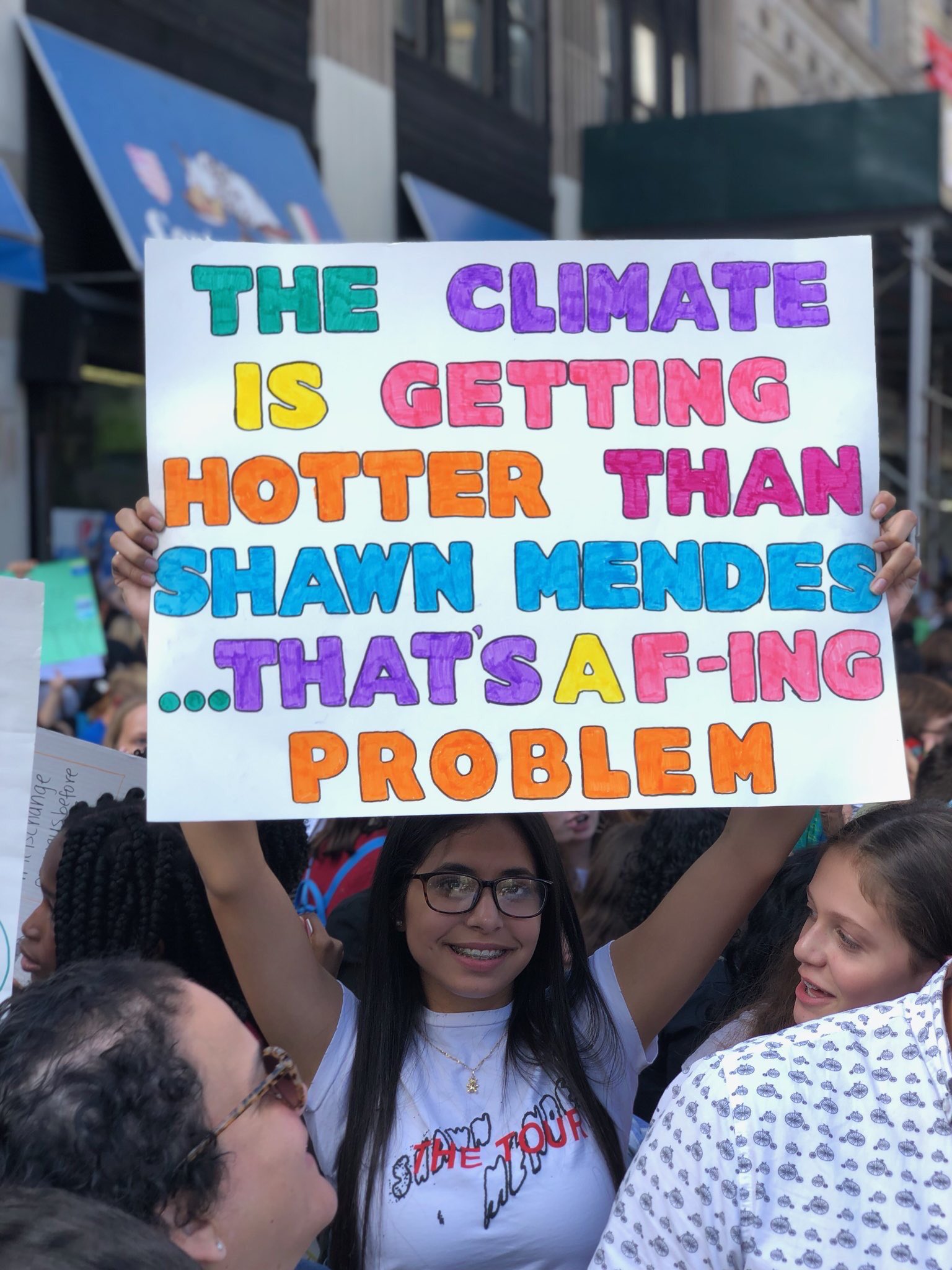These gestures might be small, but small things add up in the end. And we all need to do our part to help out the environment cause it is not doing great, folks.
Whether it’s recycling, using less water, cutting down on electricity, or any number of things, DO YOUR PART.
These people sure did, and the ideas are wonderful.
Take a look.
1. A great idea.
The Cafe at my closest beach gives free drinks to people who collect a bucket of litter from the beach from mildlyinteresting
2. That is very impressive.
Turns out my pencil is made of recycled newspaper! from mildlyinteresting
3. Good beer, too!
Carlsberg using glue to make six packs instead of plastic. from mildlyinteresting
4. Plant it when you’re done with it.
Got an event bracelet that can be planted from mildlyinteresting
5. Get rid of those pesky cups.
An ice cream cup made of banana leaves from mildlyinteresting
6. Bake some bread!
My grocery store started selling overripe bananas for cheap with a recipe for banana bread on the bag from mildlyinteresting
7. Keep it going.
You can charge this battery with a micro USB from mildlyinteresting
8. Eliminates so many bottles.
Refill Station at Simon Fraser University, Canada. from ZeroWaste
9. Not plastic, but plant starch.
This cup is made from plant starch, not plastic from mildlyinteresting
10. Plant your pencil.
My pencil has seeds on the tip, so when it’s too small to use it you can plant it and a tree will grow out of it from mildlyinteresting
11. Reducing more waste is crucial.
This super market had tiny paper bags instead of plastic containers to reduce waste from mildlyinteresting
12. Much better than discarding it.
Every day after closing, this local bakery leaves out a bag of their unsold pastries that people can take from freely instead of throwing them away and make unnecessary waste from mildlyinteresting
13. These look great!
The bowling alley in my neighbourhood tore up old lanes and used them to renovate the washrooms. from pics
14. Get rid of those butts.
I bought a pack of cigarettes and they came with a postage paid recycling pouch. from mildlyinteresting
15. This is awesome!
A new question is up on our cigarette voting bin on Villiers Street. Check it out and place your vote! #NeatStreets pic.twitter.com/kSeXT39Nri
— Hubbub (@hubbubUK) August 24, 2015
I don’t know about you, but I find all of those examples very inspiring.
What are you doing to help out the environment? Share your ideas in the comments!
The post 15 Times People Did Their Part to Help out the Environment appeared first on UberFacts.
 (@JoeyNicita)
(@JoeyNicita) 









 by
by 
 #trending via @fox24newstv #passypete #toptrenders #fox24news
#trending via @fox24newstv #passypete #toptrenders #fox24news
 When I first had the idea about selling my artwork one of my biggest concerns was my packaging and how it would effect the environment! Therefore, after doing some research I found a company @ecocraft_ltd . Eco craft produce bio-degradable packaging bags made from potato/corn starch. They look and feel exactly like cellophane bags,however, are sustainable making my products have a better impact on the environment,meaning less single use plastic!!
When I first had the idea about selling my artwork one of my biggest concerns was my packaging and how it would effect the environment! Therefore, after doing some research I found a company @ecocraft_ltd . Eco craft produce bio-degradable packaging bags made from potato/corn starch. They look and feel exactly like cellophane bags,however, are sustainable making my products have a better impact on the environment,meaning less single use plastic!!  Therefore, all my prints will be packaged using these green bags along with all my postage envelopes that can be recycled.
Therefore, all my prints will be packaged using these green bags along with all my postage envelopes that can be recycled. 
 !
! @zistat Follow
@zistat Follow